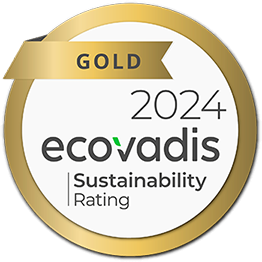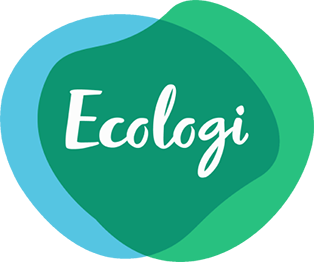- All Products
- Marketing Merchandise
- Employee Engagement
- Sustainability
- Case Studies
- About us
- Blog
- Global Distribution
- Contact
-
Quick contactRegent House, EN5 4DN
Global distribution
1964
Partnering with the world’s leading brands since 1964
180
Delivering to over 180 countries globally
5
Operating from 5 locations worldwide
We’re delighted to count many globally recognised brands amongst our clients and these prestige brands quite rightly demand a high level of service with a reliable and responsive supply chain of quality, innovative products
We provide the complete package — high quality promotional merchandise, wrapped in great service. Find out more about our range of services.
Tried, tested and trusted by some of the biggest global brands, Limelight’s fulfillment service is the final link in the chain, enabling our clients to reach audiences all over the world. Resilient and dynamic, our fulfillment service is tailored for each client so we can respond quickly and intuitively to their needs.
Successful merchandising is about much more than simply putting a logo on a product – it requires in-depth design and marketing knowledge to achieve a result that looks great and delivers a return on investment.
Our team of design boffins is on hand to guide you through the whole creative process. If you don’t already have a logo and strapline, we can help you create one, and we’ll offer advice on what products might work best for your campaign. We also have unrivalled expertise on the practicalities – which inks work best on a particular surface, the possibilities for etching and embossing, what sizes to order and more. This is always a process of close collaboration with our clients, ensuring satisfaction and success every time.
Our team of design boffins is on hand to guide you through the whole creative process. If you don’t already have a logo and strapline, we can help you create one, and we’ll offer advice on what products might work best for your campaign. We also have unrivalled expertise on the practicalities – which inks work best on a particular surface, the possibilities for etching and embossing, what sizes to order and more. This is always a process of close collaboration with our clients, ensuring satisfaction and success every time.
We’re passionate about great design and fanatical about products, but here at Limelight, customer service is our ultimate currency. Good relationships with our clients will always be the most important thing we create.
To this end, we assign a dedicated account manager to every single one of our clients. From answering questions and managing deadlines to scheduling deliveries, their job is to ensure every job runs smoothly from start to finish and beyond.
To this end, we assign a dedicated account manager to every single one of our clients. From answering questions and managing deadlines to scheduling deliveries, their job is to ensure every job runs smoothly from start to finish and beyond.
At Limelight, we’re delighted to count many globally recognised brands amongst our clients and these prestige brands quite rightly demand a high level of service with a reliable and responsive supply chain of quality, innovative products.
We’ve gone to great lengths, literally, to establish this – we’ve met with suppliers and distributors all over the world to ensure they match our highest expectations on service provision and product specification.
We’ve gone to great lengths, literally, to establish this – we’ve met with suppliers and distributors all over the world to ensure they match our highest expectations on service provision and product specification.
We speak your language — and brand products in your language! We have global reach and global delivery through our network of offices spanning 18 time zones in both hemispheres.
London
Barnet, United Kingdom
Birmingham
United Kingdom
New York
United States
Melbourne
Australia
Frankfurt
Germany
Hong Kong
China
Contact Us
 +44 20 8447 4690
+44 20 8447 4690


